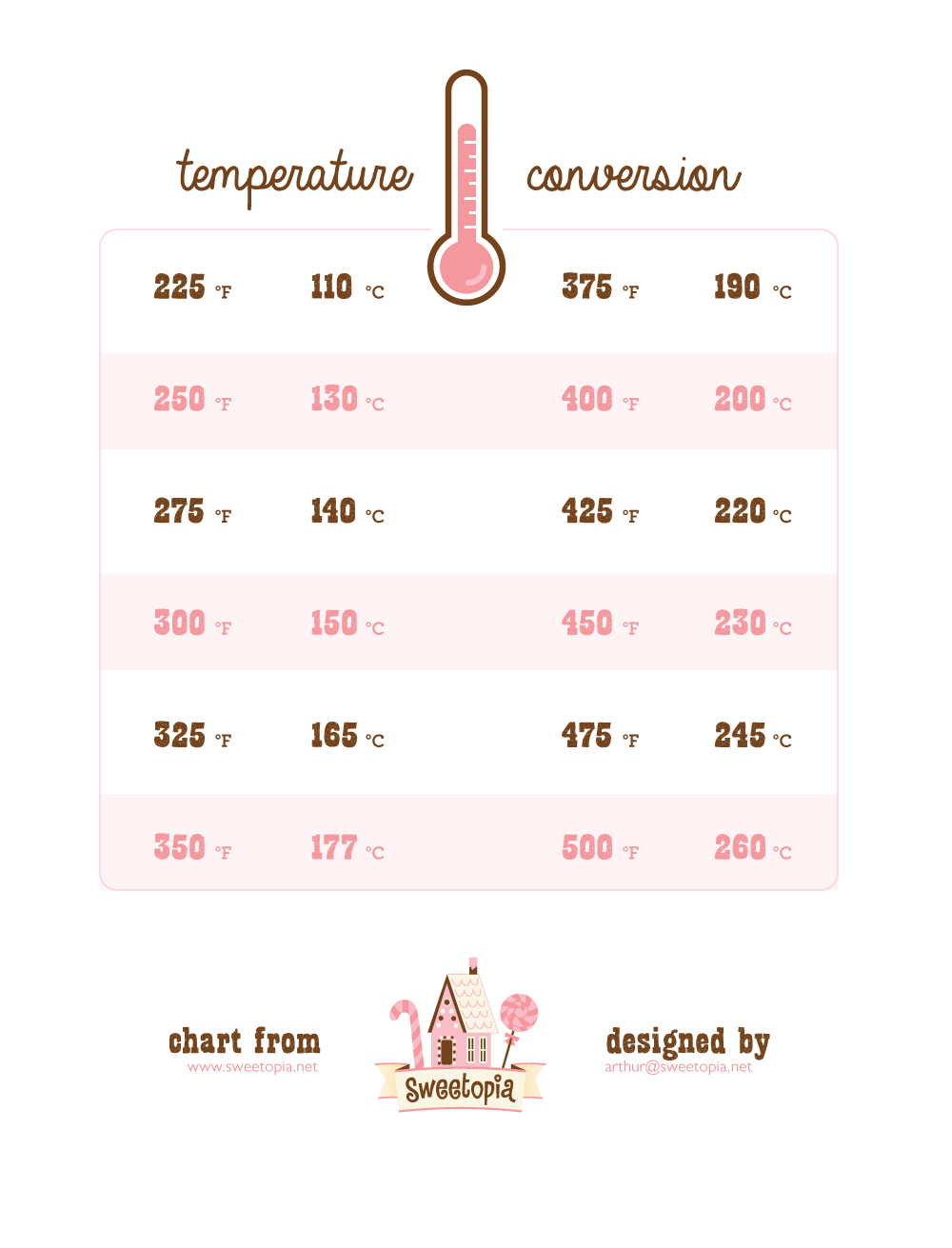

In Celsius, a chilly day at 11☌ does not seem greatly different from a really hot one at 35☌. This may help explain why many people prefer Fahrenheit readings as rather closer to actual experience. These are very different things, as we shall explain in a future article. Also, whereas Fahrenheit had developed a ratio scale, Celsius had produced an interval scale. For while the Celsius scale was developed for convenience, Fahrenheit's scale was based on observation and measurement. This reluctance was partly due to human preference. With the drive to standardisation and metrication from the 1950s, Celsius became the adopted temperature scale for the EEC (later EU), with the UK and Ireland converting (somewhat reluctantly) after joining the European community. Thus the kelvin represents the same magnitude of heat as the degree Celsius.įrom the mid-18th to mid-20th centuries, Fahrenheit was the system most widely used in English-speaking countries, while continental Europeans preferred 'The Swedish Scale'. Just how cold this is can be understood when you note that on the Kelvin scale, water freezing (actually called the 'triple point' at which water, ice and water vapour can all co-exist) occurs at 273.16K, Boiling point is set exactly 100 points higher at 373.16K.

This is based on recognition that heat is actually caused by movement of molecules inside a substance, with a theoretical Absolute Zero point at which there is no molecular activity at all. We should also note that most scientists and engineers would not use either of these scales but would prefer a third one, the kelvin system developed by British physicist William Thomson, Baron Kelvin. After the Great Man's death, fellow Swede Carl Linnaeus suggested to the Swedish Academy that this be reversed and a more intuitive scale was adopted in 1745. Eccentrically, Celsius set freezing point at 100☌ and water boiling point at 0☌. Since he was aiming for a scale that could be used worldwide, Celsius set water boiling and freezing points exactly 100 degrees apart, calling his scale Centigrade from the Latin for "100 steps". He went on to found Uppsala Astronomical Observatory in his native Sweden and a year later, in 1742, proposed his own temperature scale.īy this point, Celsius had done a lot of research on temperature observing, for instance, that the boiling point of water varies with barometric pressure. The year Fahrenheit published his original scale, young Anders Celsius (1701 - 1744) was a budding physicist, astronomer and mathematician. It was work by others that showed that on Fahrenheit's scale, the boiling point of water is about 179 degrees above its freezing point and this was standardised to 180 degrees, which is a nicely rounded (composite) number that is divisible by 2, 3, 4, 5, 6, 8, 9, and 10. His third reference point was human body temperature (measured by placing the thermometer in the mouth or under the arm), which he calibrated at 96 degrees (later refined to 98.6☏)įahrenheit's theoretical ultimate temperature was the boiling point of mercury, calculated at 600 degrees. He then observed that the temperature at which ice starts to form on the surface of water was 32 degrees warmer than zero. Why these points? For a start, Fahrenheit realised that the temperature at which water starts to freeze is a fair bit warmer than the coldest temperature measurable, which he calibrated by placing a thermometer into a mixture of iced water and ammonium chloride salt. Ten years later, Fahrenheit first proposed his temperature scale that set freezing point at 32 degrees (32☏) and water boiling point at 212☏. In 1714, he invented the mercury-in-glass thermometer that 300 years on is still one of the most accurate and most widely used means of measuring temperature. The German physicist Daniel Gabriel Fahrenheit (1686 - 1736) came first.


 0 kommentar(er)
0 kommentar(er)
